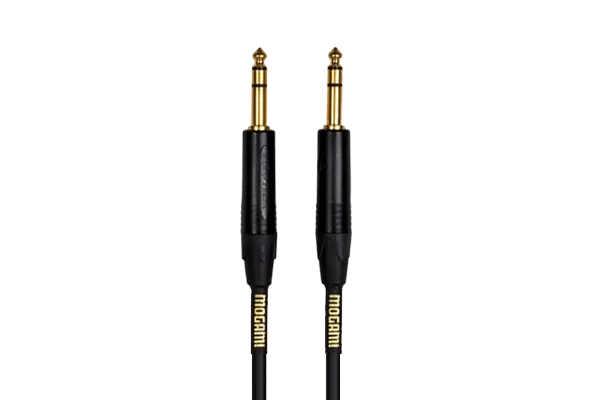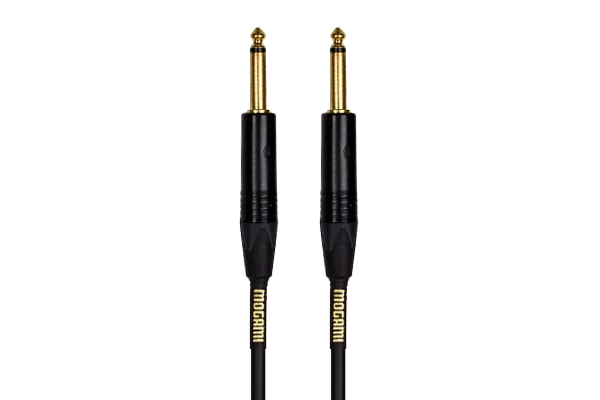Does the AIR 192|6 come with software?
Which sampling rates are supported by the AIR 192|6?
How can I determine whether a 1/4-inch cable is balanced (TRS) or unbalanced (TS)?
How do I connect the AIR 192|6 to my computer?
What kinds of devices can I connect to the Combo XLR inputs?
What does the knob USB/Direct do?
Do I need a power supply for the AIR 192|6?
What devices can I connect to the instrument inputs on the front of the AIR 192|6?
How can I send MIDI data to and from my computer with the AIR 192|6?
Do I need a driver, for the AIR 192|6?
What kind of outputs does the AIR 192|6 have?
Is software included with the AIR 192|6?
Yes! The AIR 192|6 includes the following software:
- Ableton Live Lite
- Creative FX Collection
- Xpand!2
- Mini Grand
- DB33
- Touch Loops
- Revalver - 2x amps, 3x cabs, 3x mics, 3x effects
- MPC Beats
- 3 virtual instruments - TubeSynth, Electric, Bassline
- 80 FX plugins - AIR Channel Strip, Half Time
- 2GB factory content with additional F9 instrument library
How do I connect the AIR 192|6 to my computer?
The AIR 192|6 comes with a USB-C to USB-C cable as well as a USB-C to USB-A cable to ensure it can be connected to all available computer ports.
Do I need a driver for the AIR 192|6?
For Mac operating systems, the AIR 192|6 is class-compliant and does not require a driver.
For the Windows operating system, the AIR 192|6 requires a driver to be installed to ensure the best possible performance. You can get the Windows driver from the M-Audio Knowledge Base.
Do I need a power supply for the AIR 192|6?
No, the AIR 192|6 is completely powered by the USB serial bus. No additional power supply is required, just connect the interface to a free USB port on your computer!
What sample rates are supported by the AIR 192|6?
The AIR 192|6 can handle audio with the following resolutions:
- 44.1 kHz
- 48 kHz
- 88.2 kHz
- 96 kHz
- 176.4 kHz
- 192 kHz
The AIR's Transparent Crystal preamps and Ultra-Pristine D/A converters capture every nuance and subtlety of your performance for truly professional recording and crystal-clear monitoring.
What types of devices can I connect to the combo XLR inputs?
The XLR combo inputs are suitable for microphones and line-level devices (synthesizer, drum machine, mixer, etc.). Use standard XLR cables for all microphones and 1/4-inch jack cables for all line-level instruments. Adjust the gain for each channel with the input gain controls.
If you are using a microphone that requires phantom power, you can feed it in by toggling the phantom power switch on the front panel. The additional 48 V will then be applied to both XLR inputs 1/2. Phantom power is only transmitted through the XLR connectors, not TRS, so you'll need to connect your mic with an XLR cable.
If you're using a guitar or bass with an active pickup, you can use the 1/4-inch line-level inputs as an alternative to the instrument input.
What devices can I connect to the instrument inputs on the front of the AIR 192|6?
Connect guitars or basses with passive pickups to the instrument inputs. Use standard 1/4-inch TS cables to connect a guitar or bass to these inputs. Adjust the gain for each channel using the input gain controls 1/2.
While these inputs can accept a signal from most active pickups, the 1/4-inch 1/2 inputs can also be used as a direct input for a bass or guitar with hotter active pickups.
What kind of outputs does the AIR 192|6 have?
Two balanced 1/4-inch jack cables can be connected to the main outputs, which are controlled by a large, solid metal rotary knob. There is also a 1/4-inch headphone jack with separate level control for undisturbed listening pleasure.
How can I tell if a 1/4-inch cable is balanced (TRS) or unbalanced (TS)?
Balanced 1/4-inch cables are called TRS (tip-ring-sleeve). This is because a TRS cable has 2 signal conductors, while a TS (tip-sleeve) cable has only one. You can quickly determine if your 1/4-inch cable is TRS or TS by looking at the jack. If you see 2 rings around the plug, the cable is a TRS cable. Here are some pictures for reference:
What does the USB/Direct knob do?
Use the USB/Direct knob to set the mix of the audio signal from the AIR's inputs (Direct) and your computer's audio output (USB). This mix is monitored through the main outputs and the headphone output.
This control is useful to compensate for latency. If you notice a delay between the input and output signals during recording, turn the slider towards Direct to increase the amount of unprocessed audio. When you're done recording, turn the knob back to the USB position to listen to the signal directly from your DAW.
How can I send MIDI data to and from my computer using the AIR 192|6?
Use a 5-pin MIDI DIN cable to connect your AIR to external MIDI devices. Select the AIR 192|6 as a MIDI I/O device in your DAW to send and receive MIDI data to external devices.




